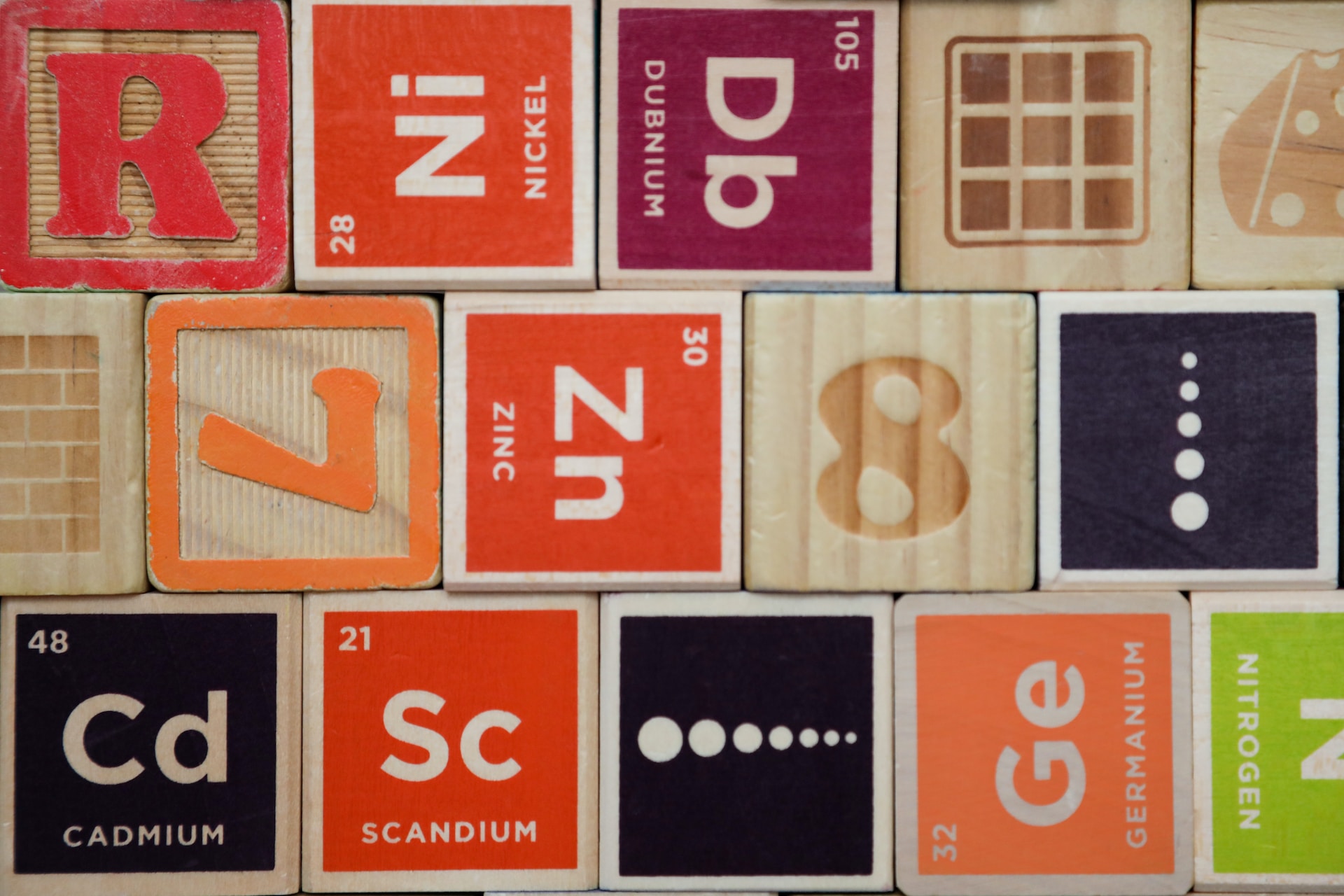At the heart of the universe’s complexity lies a beautifully ordered system known as the Periodic Table of Elements. This table serves as a window into the fundamental building blocks that construct everything in our world, from the air we breathe to the technologies that define our modern lives. Even if you’re not a chemistry aficionado, delving into the intricacies of the periodic table can be a fascinating exploration of the elements that shape our reality.

The Genesis: Dimitri Mendeleev’s Insight
In 1869, the Russian chemist Dimitri Mendeleev embarked on a quest to uncover patterns within the chemical properties of known elements. His ingenuity led to the creation of the first periodic table, where elements were systematically arranged by increasing atomic number. This revolutionary structure allowed scientists to discern similarities and differences among elements, paving the way for predicting future chemical reactions.
Mendeleev’s initial periodic table comprised 63 elements, leaving vacant spaces for those yet to be discovered. Today, the table boasts 118 identified chemical elements, encapsulating the essence of all known matter in the universe.
Fun Fact: The most abundant element by mass on Earth is iron (Fe), while oxygen (O) claims the title of the most common element in the Earth’s crust.
Organizing the Chaos: A Ballet of Protons and Neutrons
Elements find their place on the periodic table through meticulous organization. Horizontal rows, known as periods, arrange elements by increasing atomic number. The atomic number, perched at the top left of the element symbol, denotes the number of protons within an atom’s nucleus.
Beneath the element symbol, the atomic weight reveals the average mass of protons and neutrons in an atom. Given that atoms naturally exhibit varying neutron numbers, the atomic mass provides an average across all isotopes for a specific atom.
Understanding Periods: The seven periods on the periodic table (nine if counting the lanthanides and actinide series) witness an ascending atomic number from left to right. Elements within a period share the same number of electron shells but differ in the count of electrons and protons.

Families: The Bonds That Bind Elements
Vertical columns on the periodic table house families – groups of elements exhibiting similar properties due to shared electron configurations. For instance, lithium (Li), sodium (Na), and potassium (K) belong to the same family, showcasing analogous characteristics.
In With the New: Adding Elements to the Mix
The International Union of Pure and Applied Chemistry (IUPAC) governs the periodic table and establishes criteria for new additions. In 2016, the periodic table welcomed four newcomers: Nihonium (Nh), Moscovium (Mc), Tennessine (Ts), and Oganesson (Og).
Decoding the Table: Metals, Nonmetals, and Metalloids
To make sense of the periodic table, elements are often classified into three categories: metals, nonmetals, and metalloids.
- Metals: Representing the majority of elements, metals share common traits – solidity, sheen, good electrical conductivity, and malleability.
- Nonmetals: In stark contrast, nonmetals exhibit characteristics opposite to metals – brittleness, inflexibility, and poor conductors of heat and electricity. Some nonmetals exist as liquids or gases.
- Metalloids: Bridging the gap between metals and nonmetals, metalloids possess unique conductivity properties. These elements find applications in industries like semiconductors and computer chips.
Deciphering the Periodic Table: A Gateway to Understanding Our World
In essence, the Periodic Table of Elements serves as a beacon guiding chemists through the complexities of elements, their properties, and their interconnected relationships. By classifying elements into metals, nonmetals, and metalloids, the table demystifies the nature of matter and its diverse manifestations.

From clean drinking water to revolutionary medicines, and from solar panels to electronic components, the periodic table underscores the profound impact elements have on shaping our world. As we navigate the periodic table’s labyrinth, we gain insights into the products, materials, and technologies that define our existence – a testament to the enduring relevance of Mendeleev’s pioneering creation.





